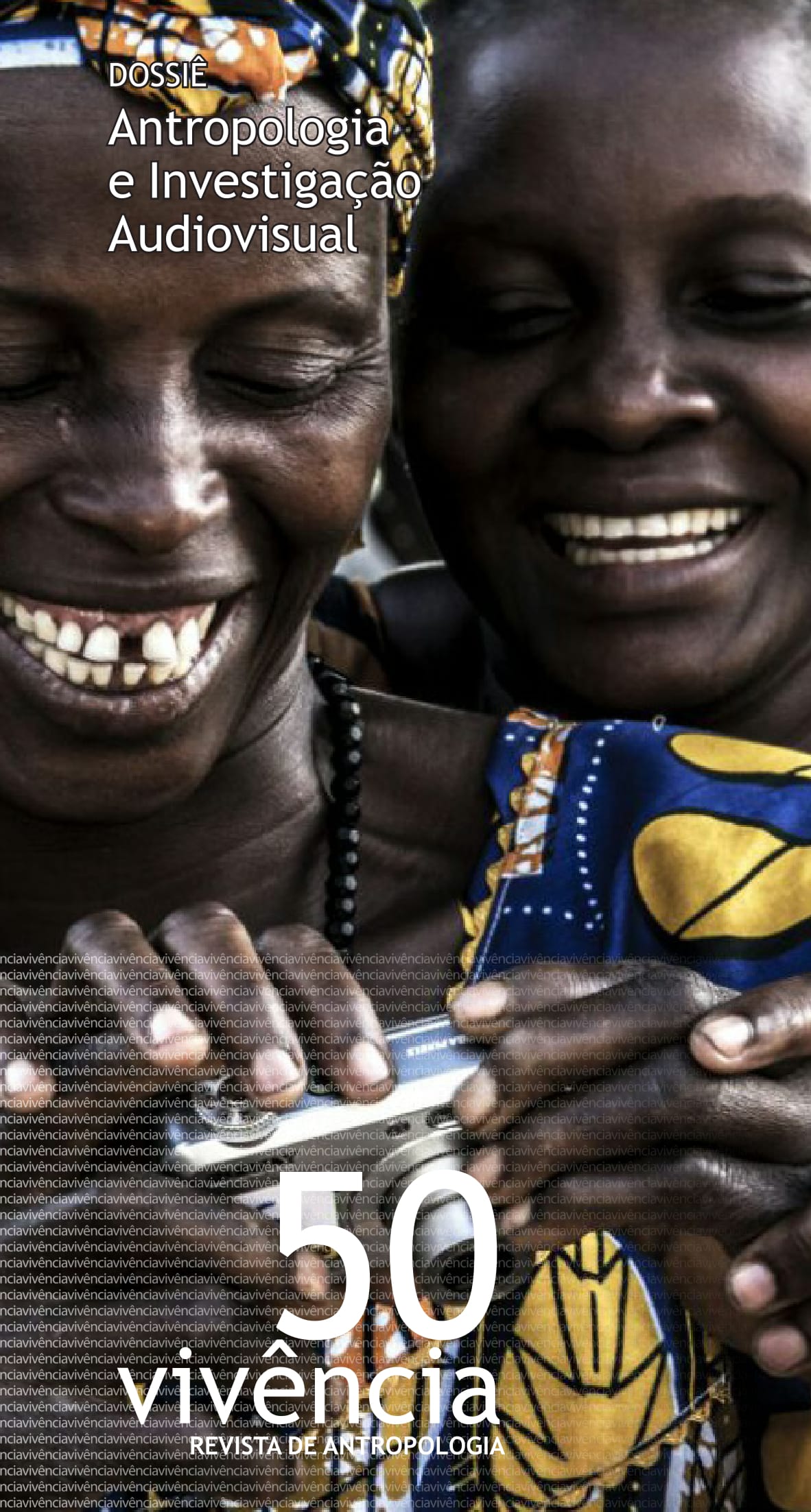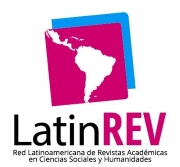CALDO DE LAMBRETA: ETNOGRAFIA DOS SABERES DA TRADIÇÃO NA ATIVIDADE EXTRATIVISTA DAS COLETORAS DA LUCINA PECTINATA NA VILA DE GARAPUÁ, CAIRU - BA / LAMBRETA BROTH: ETHNOGRAPHY OF TRADITION KNOWLEDGE IN ACTIVITY OF GATHERERS OF LUCINA PECTINATA IN THE VILLAGE OF GARAPUÁ, CAIRU - BA
DOI :
https://doi.org/10.21680/2238-6009.2017v1n50ID13366Mots-clés :
Saberes da tradição de marisqueiras. Lambreta. Garapuá. Traditional knowledge of shellfish gatherers. Lambreta. Garapuá.Résumé
Este estudo visou conhecer a coleta de um molusco chamado de lambreta (Lucina pectinata) por marisqueiras na vila de Garapuá, Cairu, no Baixo Sul baiano, perpassando pelas artes de pesca, organização do trabalho, saúde ocupacional e as melhores condições de tempo e maré. Utilizou-se o método etnográfico com diários de campo, entrevistas e registro fotográfico. Os grupos de trabalho das marisqueiras são formados majoritariamente por mulheres que fazem rodízios na exploração dos mangues, em cinco jornadas semanais de quatro horas diárias de trabalho. Cada integrante obtém em torno de dez dúzias de lambreta por dia, vendidas a atravessadores a preços abaixo do valor de mercado. A coleta do animal – localizado através de um fio d’água subindo à superfície – é feita com a mão ou com o uso do facão e condicionada pelas fases da lua, pelo fluxo das marés e pelo caráter agreste do ecossistema manguezal. As coletoras levam consigo o samburá (um cesto para carregar peixe), alimentação, vestimenta e óleo diesel, usado como repelente. A diminuição dos estoques naturais de lambreta leva as marisqueiras a aumentar as horas de trabalho no mangue e as distâncias percorridas, assim como a desejarem abandonar a tradicional atividade, buscando outras fontes de renda, como o beneficiamento do camarão.
ABSTRACT
This study aims to carry out the gathering by hand of a mollusc called ‘Lambreta’ (Lucina pectinata) by shellfish gatherers in the village of Garapuá, Cairu, in Southern Bahia, Brazil, including the fishing gear, work organization, occupational health and better weather and tide conditions. We used the ethnographic method with daily field diaries, interviews and photographic record. The working groups are composed mostly by women who take turns in the exploitation of mangroves, working five days a week, four hours a day. Each member collects around ten dozen lambretas per day, which are sold to middlemen below market prices. The molluscs gathering – identified by a trickle of water rising to the surface – is done by hand or using a machete and it is conditioned by moon phases, tidal streams and the wild features of the mangrove ecosystem. The collectors take with them the samburá (a kind of creel), food, clothing and diesel oil, used as insect repellent. The decline in natural stocks of lambreta forces collectors to increase their working hours in the mangroves and the distance traveled, as well as it makes them want to leave this traditional activity, and seek for other sources of income such as shrimp processing.


 Português (Brasil)
Português (Brasil) English
English Español (España)
Español (España) Français (Canada)
Français (Canada)






